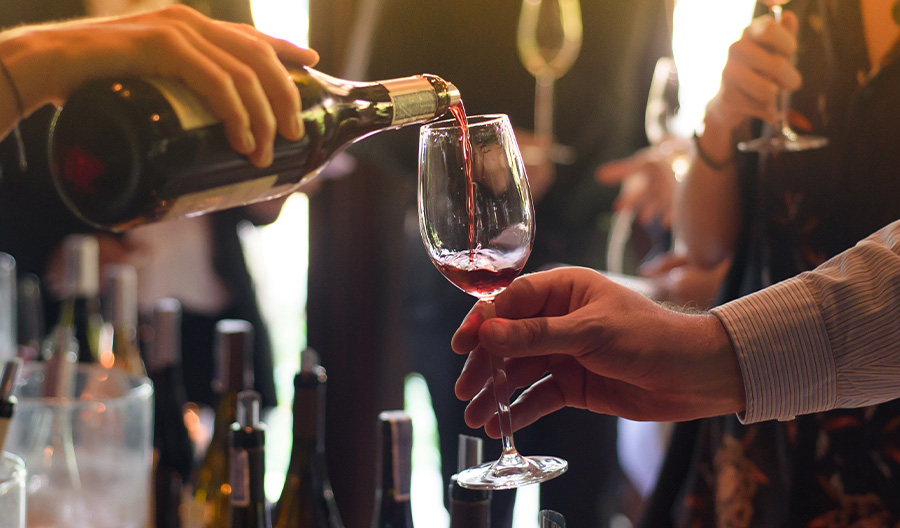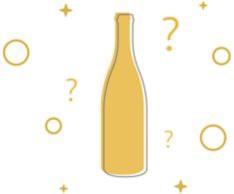Generation Z, the cohort born between the mid-1990s and early 2010s, is shaping the wine industry with a distinctive approach to consumption. Embracing values of health consciousness, social responsibility, and a desire for diverse experiences, Generation Z is increasingly gravitating toward low-alcohol wines. In this exploration, we delve into the reasons behind this preference, the impact on the wine market, and how Generation Z is redefining the traditional notions of wine enjoyment.
A Generation of Moderation
Mindful Drinking: Generation Z stands out for its emphasis on mindfulness and balanced living. This mindset extends to their approach to alcohol consumption, with many seeking beverages that align with their commitment to well-being.
Health and Wellness Focus: The health and wellness movement is a significant influence on Generation Z. Low-alcohol wines are perceived as a healthier option, allowing individuals to enjoy wine without the potential drawbacks of higher alcohol content.
Why Generation Z Prefers Low Alcohol Wines:
1. Sessionable Enjoyment: Low-alcohol wines provide a sessionable drinking experience. This aligns with Generation Z's preference for social drinking, allowing them to savor a glass over an extended period without the concern of quick inebriation.
2. Diverse Flavor Profiles: The world of low-alcohol wines offers a diverse range of flavors. Generation Z, known for its love of exploration and diverse cultural experiences, appreciates the variety of options, from crisp whites to fruity reds.
3. Sociability and Shared Experiences: Generation Z places a high value on shared experiences. Low-alcohol wines are ideal for social gatherings, picnics, and casual get-togethers, contributing to a sense of conviviality without the effects of higher alcohol content.

Popular Low Alcohol Wine Choices for Generation Z
Crisp Whites: Light and refreshing white wines with lower alcohol content, such as Sauvignon Blanc or Vinho Verde, are popular choices for Generation Z, especially in outdoor and social settings.
Fruity Reds: Gamay-based wines, including Beaujolais, are embraced for their lower alcohol levels and fruity, easy-drinking characteristics. These wines align with Generation Z's taste for approachable and versatile options.
Sparkling Varieties: Low-ABV sparkling wines, like prosecco or cava, resonate with Generation Z's love for celebratory moments and effervescent social occasions.
Impact on the Wine Market
Product Innovation: Winemakers are responding to the demand by producing low-alcohol wines through various techniques, including early harvesting, cooler fermentation, and blending. This innovation is reshaping the market landscape.
Label Transparency: Generation Z values transparency. Wineries that prominently display alcohol content on labels cater to this preference, aiding consumers in making informed choices that align with their preferences.
Sustainable Practices: The environmental consciousness of Generation Z extends to their wine choices. Wineries embracing sustainable practices and eco-friendly initiatives are likely to resonate with this environmentally aware generation.
Cultural Shifts and Celebrations
Social Drinking Moments: Low-alcohol wines are well-suited to Generation Z's social drinking moments. Whether it's a picnic, a beach outing, or a casual evening with friends, these wines complement the desire for shared experiences without the impact of higher alcohol content.
Global Exploration: The diversity of low-alcohol wines from various terroirs aligns with Generation Z's interest in global experiences. This generation seeks out wines that offer a taste of different cultures and regions.
Generation Z's preference for low-alcohol wines reflects a broader shift in the cultural landscape of wine consumption. As they redefine traditional norms and values, the wine industry is adapting to meet the demands of this mindful and socially conscious generation.

